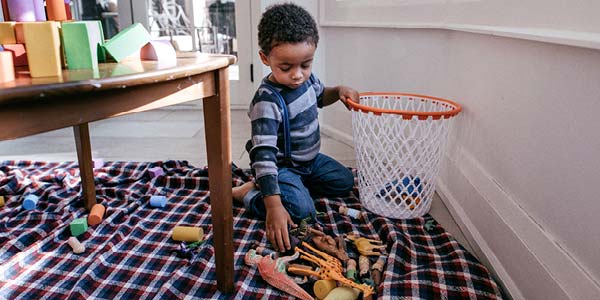
How to make saving cool for kids
As parents and caregivers, we dream of equipping our children with the tools they need to thrive. Alongside academics and life skills, financial literacy is a crucial but often overlooked tool. Teaching kids about money (how to earn, spend wisely and save) is an invaluable gift that cultivates independence and responsibility, and sets the foundation for their financial security.
However, how do you make something as seemingly ‘boring’ as saving exciting for a child who just wants that new toy, gadget or pair of sneakers now?
The good news is, it’s easier than you think, and with a little creativity, you can transform saving from a perceived chore into a rewarding and educational experience.
The power of patience and starting early
The concept of putting money away for later can be a tough sell for a child or teen. Their world is immediate. However, starting early lays a foundational understanding that will serve them for a lifetime, helping to teach them the following:
- Delayed gratification: The ability to wait for something that’s worth more
- Goal setting: Understanding that effort leads to rewards
- The value of money: Realising that items aren't free and require work
- Responsibility and independence: Giving them influence over their own finances
Think of it as planting a tiny seed that will grow into a mighty financial tree.
Ways to teach kids about saving
Here are some practical, approachable ways to help children embrace the world of saving:
- Visualise the dream with a savings chart
To teach the child to be intentional about their money, they need to also understand what they are working towards and how much they need to achieve it. Therefore, they need a clear goal, something tangible, for example, a new play set or experience.
Once identified, bring the goal to life. Find a picture of the desired item or experience to display. Work together to determine its cost and the saving timeline. Then, create a visual tracker: a simple chart with incremental boxes where they can mark their progress. This real-time visual feedback, like a treasure map, can be highly motivating as they watch their savings grow.
- Three jars, one big lesson
This method teaches basic budgeting, money's various purposes and allocation, visually demonstrating financial responsibility. Label 3 different clear jars with spend, save and share. When they receive money, guide them to divide it among the jars. For example:
Spend: For immediate wants, such as a small toy or a treat, which teaches them that money is for enjoyment too.
Save: For their bigger, long-term goal (the one on their savings chart), which reinforces delayed gratification and how money can multiply.
Share: For donating, helping a friend or contributing to a (family) gift, which instils empathy and the joy of giving back.
- Make earning money an adventure
Transform earning into an empowering experience. Offer age-appropriate ‘extra mile’ tasks (e.g. pantry organisation, plant care, laundry sorting and meal prep) with clear payments to teach initiative.
For older kids, encourage supervised entrepreneurial ventures such as selling/reselling crafts or offering services (dog walking and tech help), which fosters creativity, responsibility and business acumen.
|
Bonus tip: Celebrate milestones Reaching a savings goal is a big accomplishment and deserves celebration. The reward isn’t just the item; it’s the recognition of their hard work and providing positive reinforcement for their patience and discipline. |
- Introduce real-world banking
When your child's ‘save jar’ is overflowing or they’re ready for formalised saving, open a bank account tailored to children. These options usually require no fees or minimum requirements, providing your child with a hands-on saving experience that also helps them grasp the mechanics of banking, digital money and responsible card use.
Ready to give your child a head start on their savings journey?
Ready to give your child a head start on their savings journey? Open a sum(1) Bank Account designed for kids under 16 on our Banking App or in-branch today.
Be a financial role model
The most powerful lesson you can teach your kids about money is by demonstrating healthy financial habits yourself. Remember that saving money is interlinked with earning money and spending it. Ways you can empower them and educate them about this process are to do the following:
- Talk about money openly (age-appropriately): Explain why you're saving for something, why you're choosing a less expensive option at the grocery store or choosing to forego something.
- Involve them in decisions: Let them help you compare prices or choose between 2 different brands.
- Show, don't just tell: If you're saving for something, let them see your own savings chart or how you track your progress. When they see you value saving, they're more likely to adopt that mindset.
*Terms and conditions apply
Disclaimer: This article is solely intended for information. It does not constitute financial, tax or investment advice or recommendation. Please speak to a financial advisor or registered financial professional before making any financial decision(s).
Standard Bank, its subsidiaries or holding company, or any subsidiary of the holding company and all of its subsidiaries make no warranties or representations (implied or otherwise) as to the accuracy, completeness or fitness for purpose of the information provided in this article or that it is free from errors or omissions.



